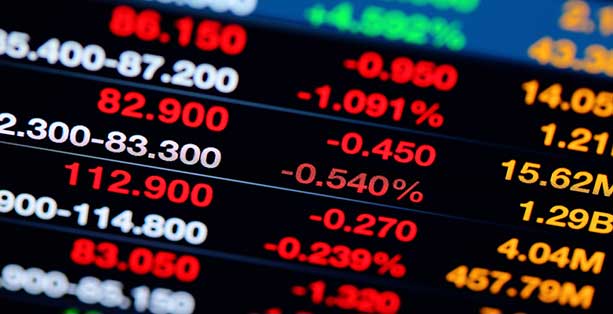On Wednesday, the Federal Open Market Committee announced the target federal funds rate would increase by 25 basis points.
This move surprised exactly no one, a move widely predicted, so why did markets react with volatility?
After all, aren’t we told expert investment gurus are able to price these sentiments in?
Yet, here we are.
Goldman Sachs analysts Zach Pandl and Jan Hatzius explained in an email to clients the reason everyone got caught off-guard is due to the FOMC expecting to raise rates up to THREE times next year.
“According to the Summary of Economic Projections, a majority of Fed officials now see at least three rate increases in 2017, up from two previously,” they write. “Markets interpreted this change as a significant hawkish surprise.”
This is their call:
“Our subjective probabilities for the timing of the next rate increase are 35% for the March FOMC meeting, 10% for the May meeting, and 40% for the June meeting—for cumulative odds of 85% by June (we see <5% odds of an increase at the January meeting).”
Yehudah Forster, senior vice president–manager of Residential MBS at Moody’s Investors Service, breaks down what this hike could mean for structured finance.
“We expect the equilibrium federal funds rate to converge around 3% and the 10-year yield to settle around 4% within the next five years,” Forster said.






